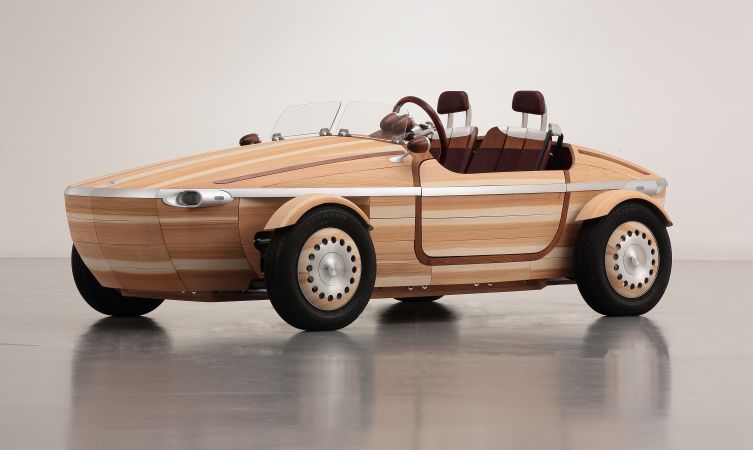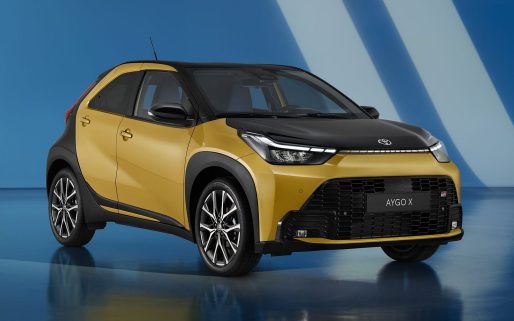The Toyota Setsuna concept rejects the notion that some cars are personality-less ‘white goods’ loaded with the latest technologies. Instead, this fascinating wooden car was conceived to embody the affection owners grow to feel for their cars. It shows how a patina of age can make the car even more appealing over time as it is maintained with love and care, perhaps through generations of the same family.

“When we created Setsuna,” revealed chief development engineer Kenji Tsuji, “we envisaged a family pouring love into it over generations so the car gains an irreplaceable value… [a] bond between the car and family, like the growth rings of a tree.”
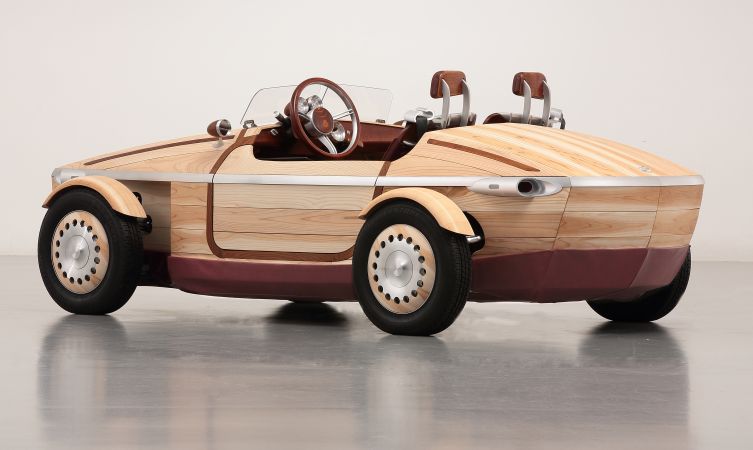
How has this concept been brought out in the unique design of the Toyota Setsuna? Continue reading to discover ten key features of our wooden car.
1. 100-year meter counting time with the family
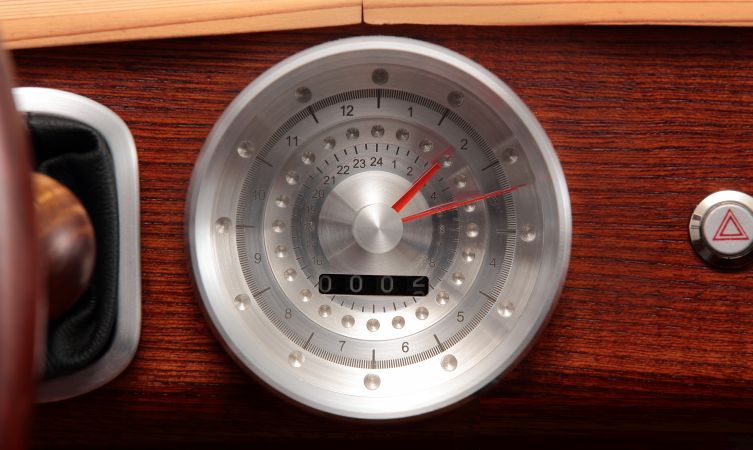
In the centre of the dashboard is a large 100-year meter housed within an aluminium case. The short hand displays the current time, as each full circuit of the short hand is a 24-hour period, while the long hand shows the passing of days with each full circuit marking 365 days.
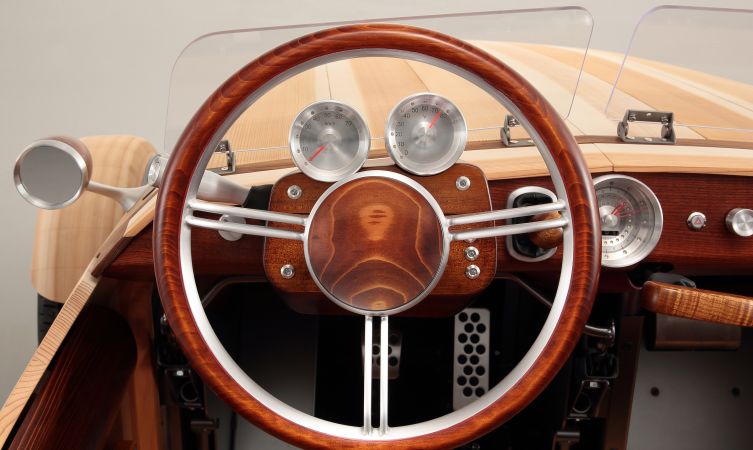
The passage of time is constantly displayed, so as the car is passed on to new generations the meter continues to turn, taking on a value linked to the memories of a family. It is hoped that this accumulation of time and memories will make the car a beloved family member in its own right.
2. The wooden car’s Setsuna emblem
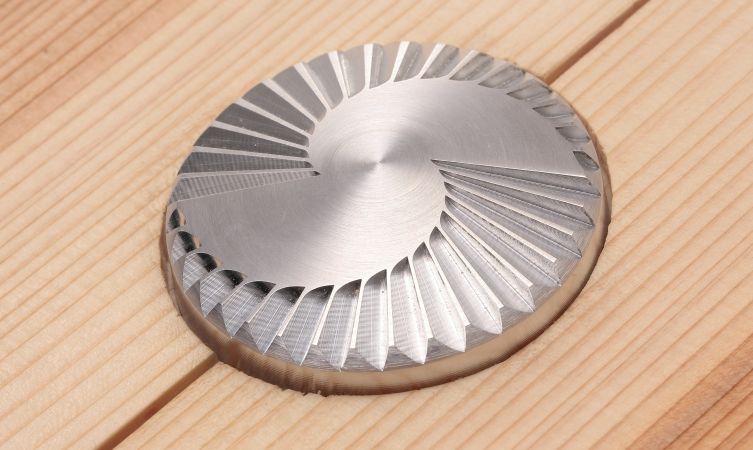
The concept of an ‘accumulation of moments’ is expressed through the vehicle’s radial, circular emblem. While giving the impression of a blooming flower, the design also evokes the appearance of a clock that shows each individual moment. It is a symbol of hope that both family and car will grow together, just as trees grow larger and stronger ring by ring.
3. Bringing the concept to life using wood

Wood was chosen as the primary exterior construction material as a means of expressing the idea that love grows as time passes. As the vehicle is maintained, the colour and feel of the wood subtly changes in response to its treatment. These physical changes will be unique in each vehicle and will embody the changing nature of its bond with its owners, representing memories of time passed together through the generations.
4. Careful selection of wood and grain direction
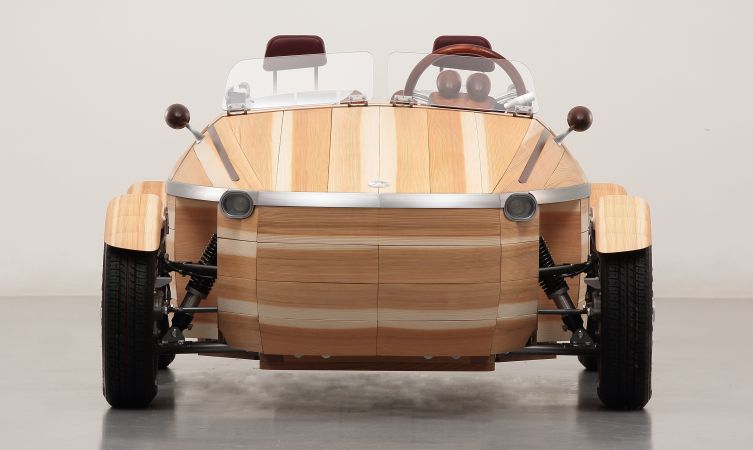
As a functioning vehicle, it was important that different types of wood were selected for specific applications. For the exterior panels, Japanese cedar was chosen for its combination of vivid colour, refined wood grain, and overall flexibility. For the frame, Japanese birch was selected for its strength and rigidity, while the floor uses Japanese zelkova due to its strength and durability. Finally, the seats are constructed in smooth-textured castor aralia.
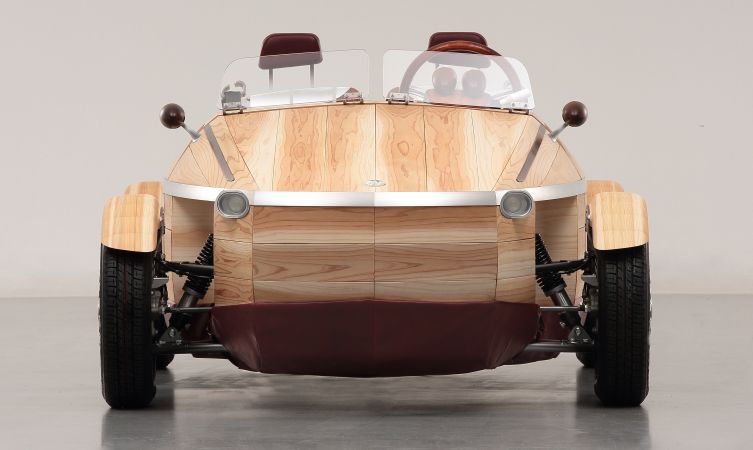
To express the beauty of wood, the exterior panels can be cut in two different ways – with a straight grain (top image), cut toward the centre of the logs, or as a cross grain (bottom image), cut at an appropriate distance from the centre. While the straight grain offers a more formal impression that is sharp and even, others may prefer the cross grain option for its pattern that is softer, more irregular and friendly in appearance.
5. Traditional Japanese joinery techniques
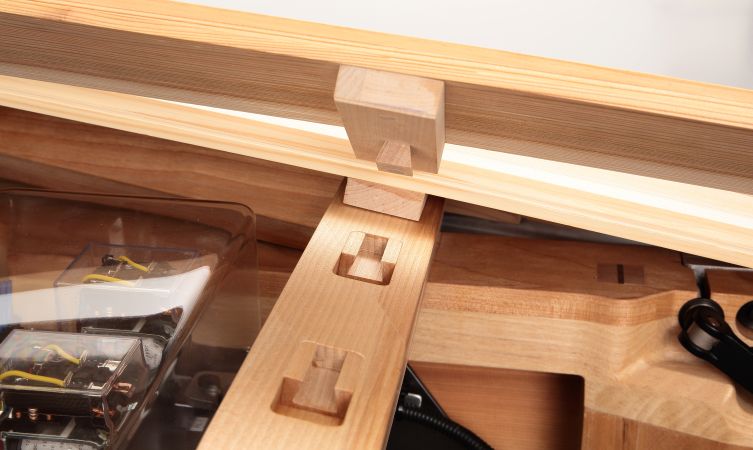
Traditional wood-only Japanese joinery techniques such as okuriari and kusabi were used so the wood could be fixed without nails or screws. This not only increases joint strength but allows changes to be made to the dovetail and mortise joints if the fastenings have worn. It also means it is possible to continue using the wooden car without additional processing of the main body.
6. Body made of replaceable wooden panels
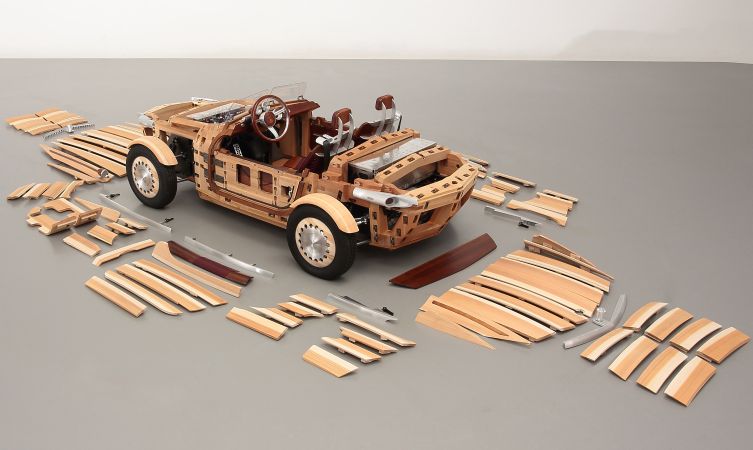
Setsuna’s body comprises 86 handmade panels. Considerable thought was given to the design and creation of the panels, each of which will offer unique changes as the wooden car ages. If repairs become necessary, individual panels can be replaced rather than large sections of body. It should then be possible for owners to identify areas of the car where remedial work has been done by hand, adding to the memories being passed down.
7. Wipe-lacquering on the wooden car
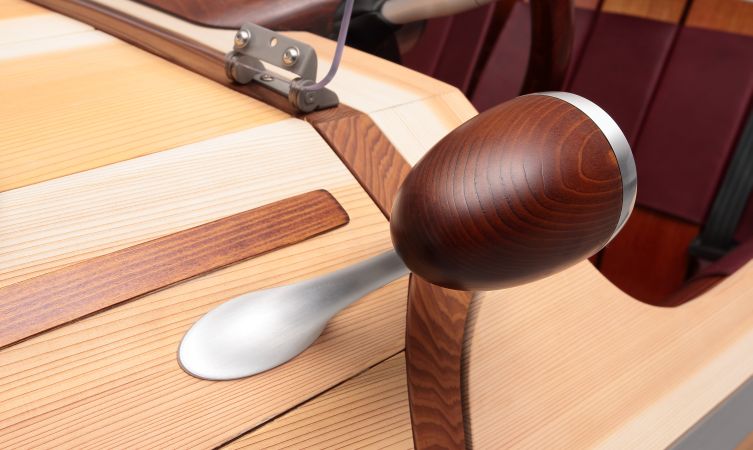
The lacquer finish used on parts of the wooden car are carefully applied by hand to bring out the grain of the wood. Rather than applying normal lacquer in indiscriminate layers, this wipe-lacquering method involves repeatedly wiping the protective coating along the grain to create a more natural surface texture. The intensity and colour is designed to subtly change over time, becoming even more beautiful and distinctive.
8. Seats that gently cradle
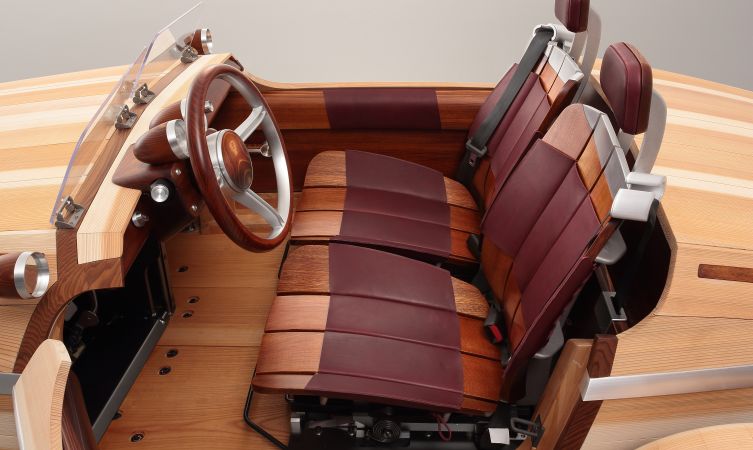
The development team aimed to create comfortable and welcoming seats inspired by park benches. The castor aralia timber used in their construction has also been lacquered, with the parts that come into most contact with the body wrapped in an additional cover of leather. All materials and finishes are designed to evolve over time and gently cradle each member of a family.
9. The wooden car’s contrasting aluminium
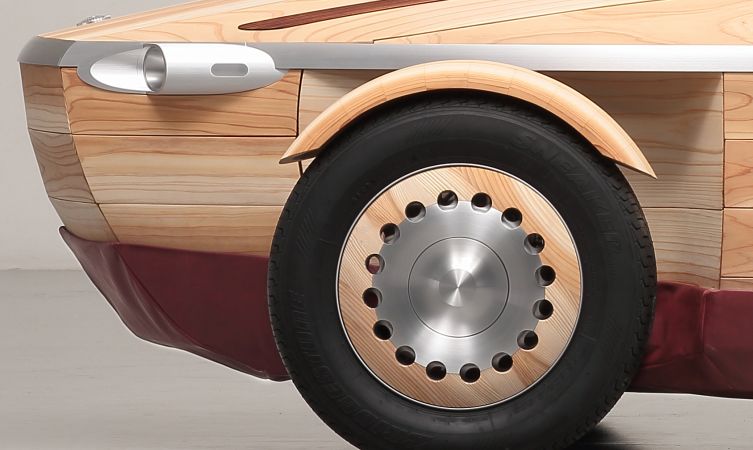
To create contrasting elements within the overall design, aluminium has been adopted in parts such as the wheel caps, steering wheel and seat frames. Like wood and leather, metal is known to change appearance over time, making it a material that will also develop its own unique look and character.
10. A wooden car body with beautiful curves
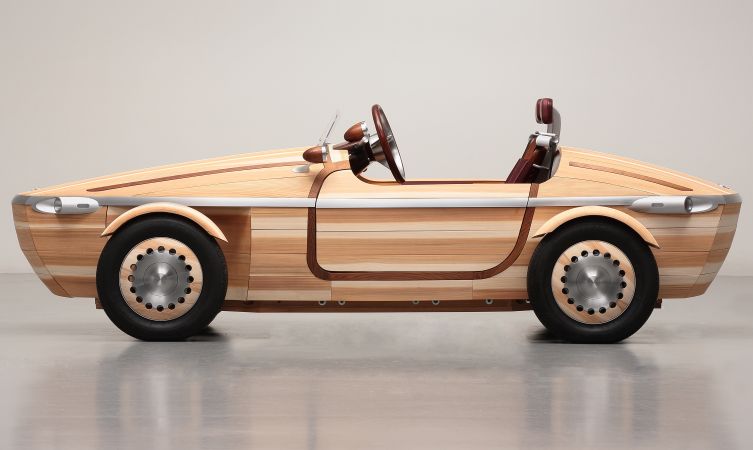
As the wooden materials slowly bend over time, the body lines take on more pronounced, beautiful curves. When viewed from the front, a heptagonal shape can be seen; and when viewed from the sides or above, the form can be interpreted as elliptical. With such a boat-like exterior, it is possible to imagine a family boarding the wooden car for a relaxed river cruise.
Setsuna: redefining the concept of a car
Although Setsuna is a functioning, driveable vehicle, it cannot be used on public roads. However, through this wooden car concept, Toyota hopes to communicate the joy one might find in driving it and the pleasure in owning a vehicle that becomes a treasured member of the family for generations to come.
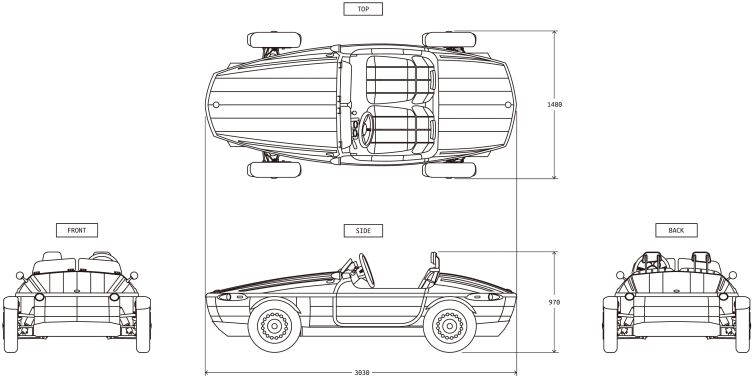
Learn more: Kenji Tsuji: the man who created the Toyota Setsuna
